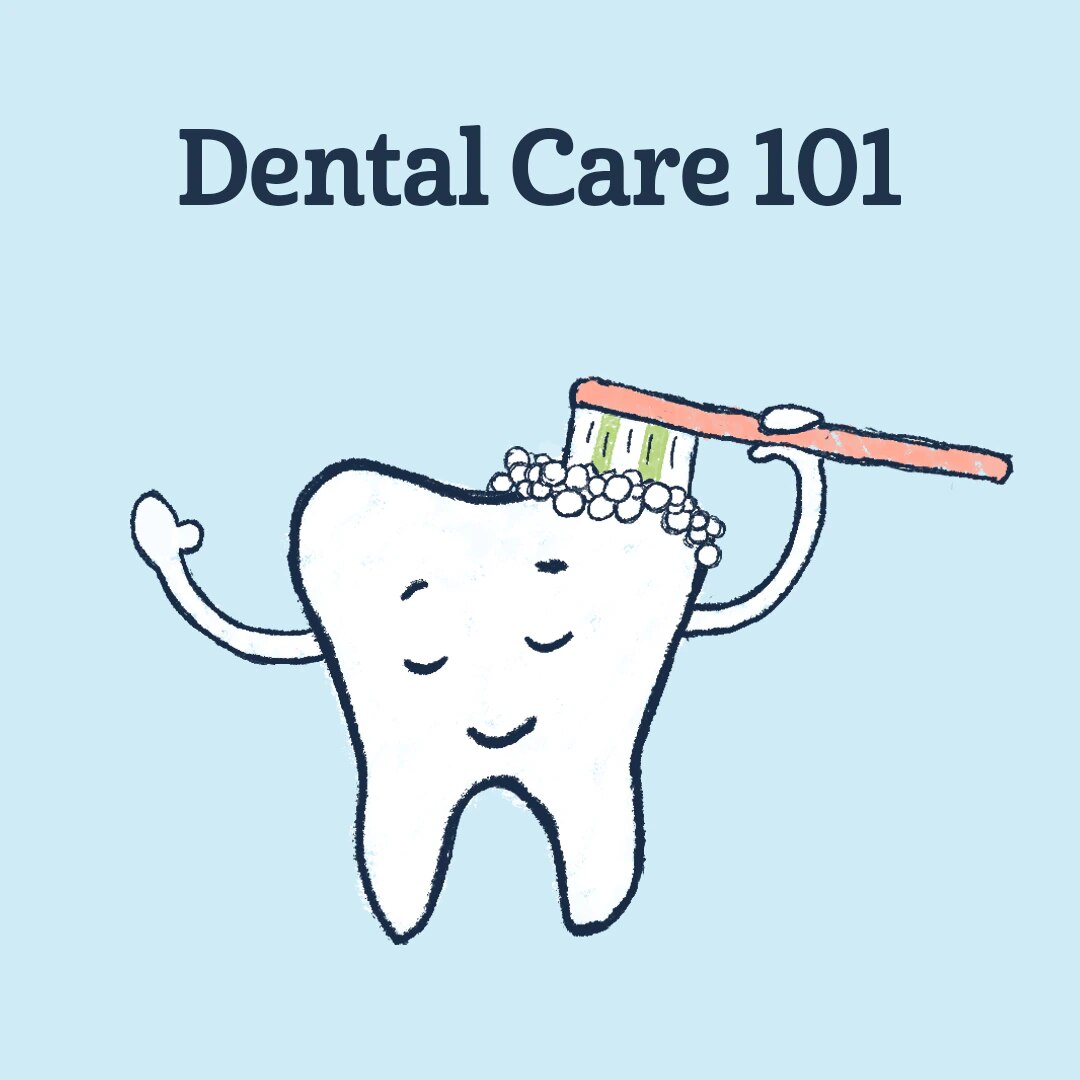What's in This Article
- Your baby cries or is fussy.
- They put their fingers or first in their mouth, or suck on their fingers.
- Your little one opens their mouth wide when touched on his chin or lips and roots for a nipple.
- They squirm or move their arms and legs.
- Your baby moves, licks or smacks his lips or makes small sounds.
What You Need to Know:
When your baby's teeth start to emerge, it's important to give them care so they can stay healthy. Here's how to care for those new pearly whites.
- Baby’s brand new teeth need to be brushed, make sure to use a soft child’s toothbrush. Start with a rice grain-sized amount of toothpaste, brushing twice a day.
- Make your baby’s first dental appointment when the first tooth appears, or by your baby’s first birthday. To help prevent cavities, never let your baby fall asleep with a bottle.
- Check with your pediatrician to see if your local tap water contains fluoride, a mineral that helps prevent tooth decay, or if your child will need fluoride supplements.
- Once your child is 3, it’s recommended to use a pea-sized amount of fluoride toothpaste. Teach your child to spit out excess toothpaste when they are able. Experts recommend putting the toothpaste on the toothbrush for your child until they are 6.


Our Best-Selling Allergy-Friendly Formula
| Food Groups | Serving Size Examples | Total Daily Goals: |
|---|---|---|
| Milk | ½ - ⅔ cup milk or yogurt 1 slice American cheese |
16 fl. oz. |
| Vegetables | ¼ cup soft, peeled and cooked, mashed or cut to bite-size pieces | ¾ cup |
| Fruits (Limit juice to 4 fl. oz. of 100% juice, only once a day) |
¼ cup soft peeled, mashed or chopped fruit; 4 fl. oz. 100% fruit juice | 1 cup |
| Meat/Beans | 1-3 tablespoons cooked; mashed or easy-to-chew chopped meat, beans or eggs | 1½ oz. |
| Grains (Choose whole grains whenever you can) |
¼ cup cereal, rice or pasta or ½ slice bread, ½ cup hot cereal | 2 oz. equivalent |
| Fats/Oils | ½-1 tablespoon dressing, cooking oil or soft margarine | 2 tablespoons |






